From Ursula to Maleficent: Which Witch Is the Best Disney Witch?
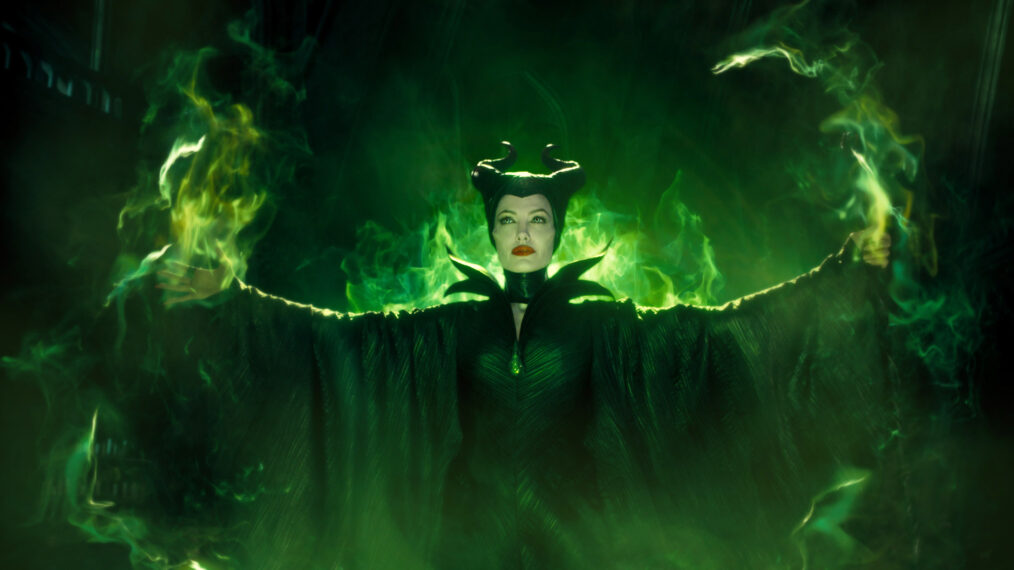
First things first: What are witches, really, and where did they come from?
Historically, “witches” were women who practiced witchcraft, or various types of natural “healing,” and mention of them goes as far back as the bible. Witch hysteria overtook Europe in the 1400s, with many single women and widowers especially being burned at the stake, with the Salem Witch Trials in Massachusetts following that in 1692.
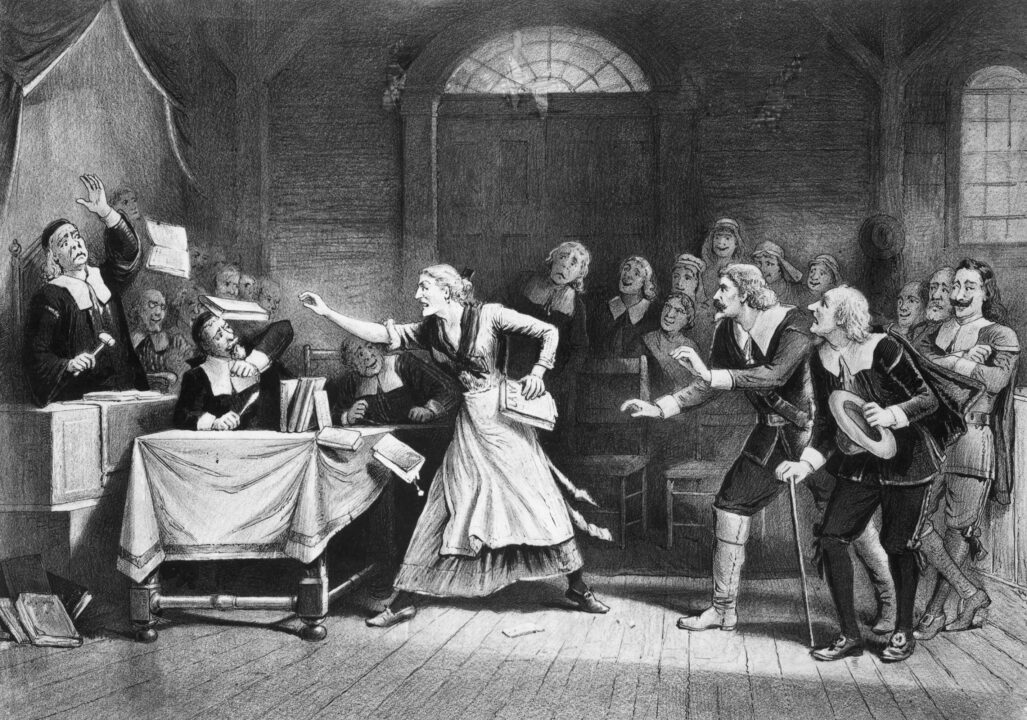
Bettmann/Getty
Perhaps because of history of perhaps because of an innate male distrust of them, in nearly every popular book or fairytale prior to the 21st century, witches and various other “evil” females have been women who do not have children. They are often old or ugly — or, if they are beautiful, then they’re evil — and frequently they use their powers to cause harm to innocent children.
This archaic witch trope continued into the 20th century with the invention of animated films. Evil women who are not mothers repeatedly populate the world of animated cartoons as witches, not to mention all the evil queens or evil stepmothers. Here are three of the best Disney witches, and what makes them tick.
Snow White and the Seven Dwarfs (1937)
The Evil Queen in Snow White is both an evil queen and an evil stepmother. She is, furthermore, the original witch to show up, not only onscreen as an animated character but also as the first character in the very first scene of the very first Disney animated film. She is basically the original villain. When the magic mirror “tells” the queen she is no longer the fairest in the land (because a mirror cannot lie, whether it speaks or not), the Evil Queen becomes so consumed with bitterness and hatred she has nowhere else to go but down. The problem is that she has no purpose if she is not the most beautiful. Being queen in a peaceful land that requires nothing of her is hardly a reason to get up in the morning, and since she is not a mother, she has no kids to tend to or anything else to do. So it is not only a fight against nature that pits the Evil Queen against her poor stepdaughter, now the fairest one in the land, but also a lack of meaning too. That’ll turn anyone into a witch!
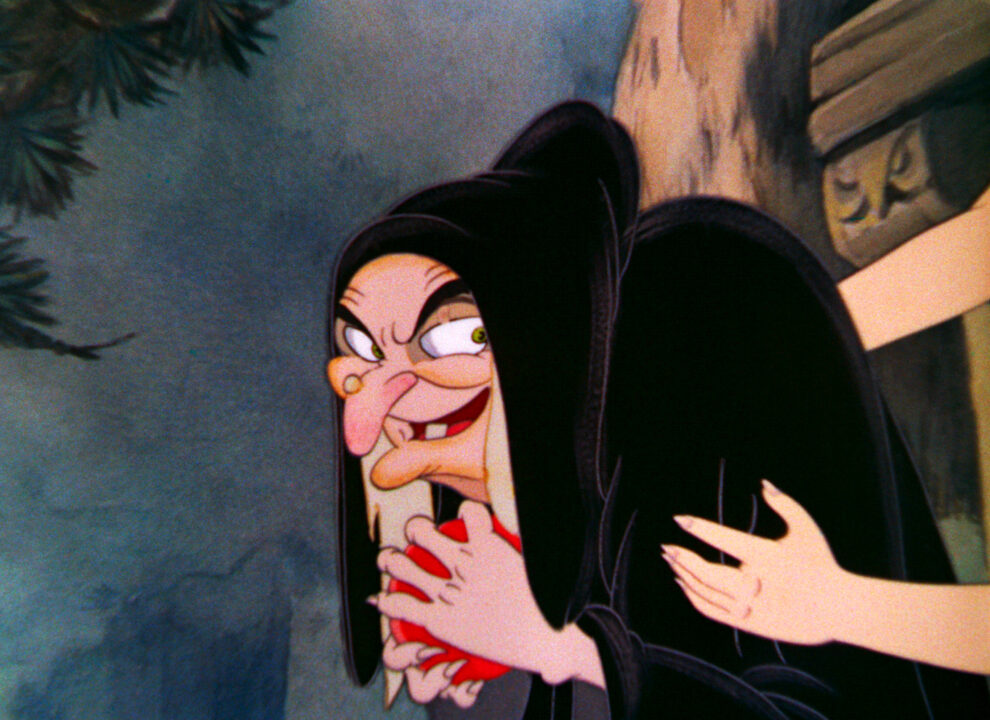
Walt Disney Pictures/courtesy Everett Collection
Ironically, in order to trick Snow White into eating a poisonous apple, the Evil Queen casts a spell to disguise herself as an old lady, the thing she fears most, because she views them as invisible and weak (women getting plastic surgery can be seen as the modern solution to this innate fear of aging). Though the Evil Queen is successful in getting Snow White to fall into a coma from which only true love can awaken her, she gets rewarded for this by being chased off a cliff by seven dwarfs, then falling to her death.
Charlize Theron starred in a live-action film based on this Grimm’s fairytale in 2012, and another modern film adaptation is forthcoming in 2024 with Gal Gadot as the Evil Queen.
The reason it remains so popular and continues to be the premise of remake after remake is not only due to its classic good vs. evil plotline but also because under the surface, this story is a cautionary tale and a timeless, universal truth: You can’t fight nature!
Sleeping Beauty (1959)
Another childless “witch,” Maleficent, also known as “the mistress of all evil,” curses the innocent princess Aurora into a long coma when she pricks her finger on a spindle, merely because the king and queen didn’t invite her to a party. Unlike Snow White’s evil queen, and Cinderella’s evil stepmother Lady Tremaine, who was in fact voiced by the same actress as Maleficent, Eleanor Audley, this devious character does not seem to have a problem with jealousy or aging and is described in fairytales as a conniving and elegant witch with a flair for drama. Her motivations are less clear, which makes her more dangerous, but also more fun to watch. Though she is all-powerful, she is incapable of love, which is perhaps why she hates the beloved princess so much.
Witches are often green for a reason!
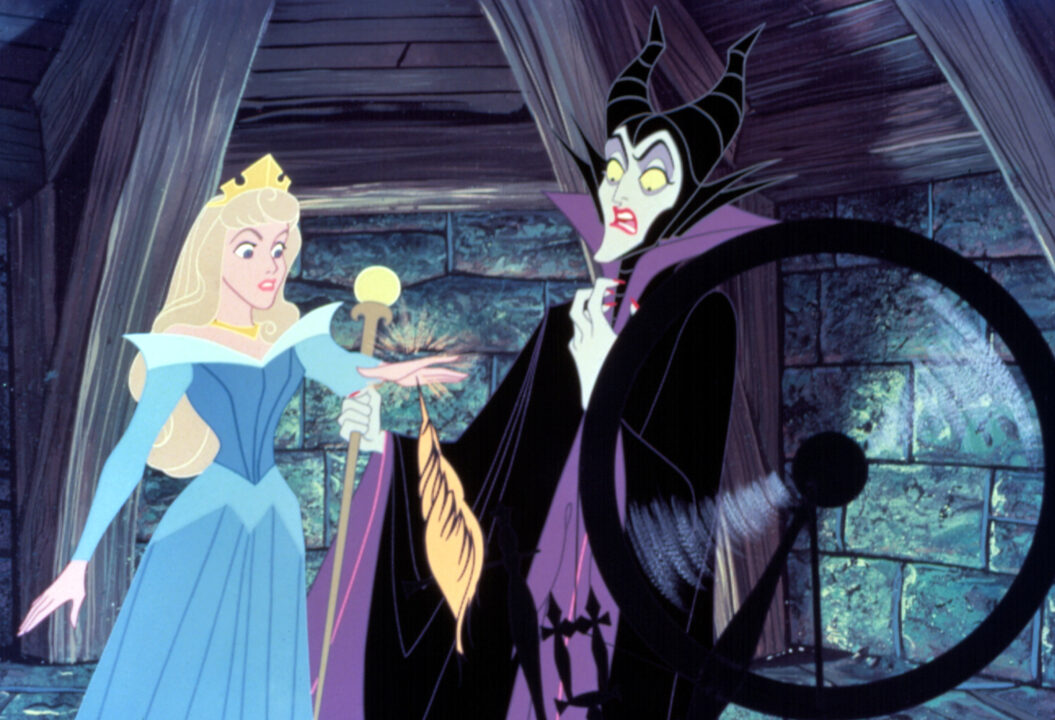
Courtesy of Everett Collection
Instead of being chased off a cliff by a bunch of eccentric dwarfs, Maleficent meets her end by being stabbed to death with the Sword of Truth, then falling off a cliff. The Sword of Truth is not much different than a talking mirror; in both cases, these witches doom themselves with an overinflated sense of importance and an unwillingness to accept reality. They may have magic at their disposal, but magic, though capable of causing chaos around them, cannot change who they are inside. At the end of the day, they are probably just very lonely. But they sure do make good foils!
This story, with origins in 17th-century France, inspired the 2014 modern adaptation Maleficent and its 2019 sequel, starring Angelina Jolie.
The Little Mermaid (1989)
Probably the best witch of all the Disney witches is Little Mermaid‘s Ursula. At the very least, she has the best song: “Poor Unfortunate Souls” is still a hit with children decades after the film’s 1989 release. Based on a Hans Christian Andersen fairy tale, this story about a mermaid who falls in love with a human and exchanges her voice for legs was an instant classic. In the original version of the tale, which is very dark and does not involve a happy ending, the witch is a minor character, not an antagonist; however, in the Disney version, Ursula wants to rule the sea in King Triton’s place. Because like all Disney princesses, Ariel has no mother around (more on this fad here), Ursula is the closest maternal figure she has. Therefore, she automatically believes what Ursula tells her: that men prefer their women voiceless. Clearly, this is not the case, because Eric does not kiss her in time exactly because she is mute and then falls for Ursula in the guise of a human with Ariel’s voice. But she did make some good points in that song!
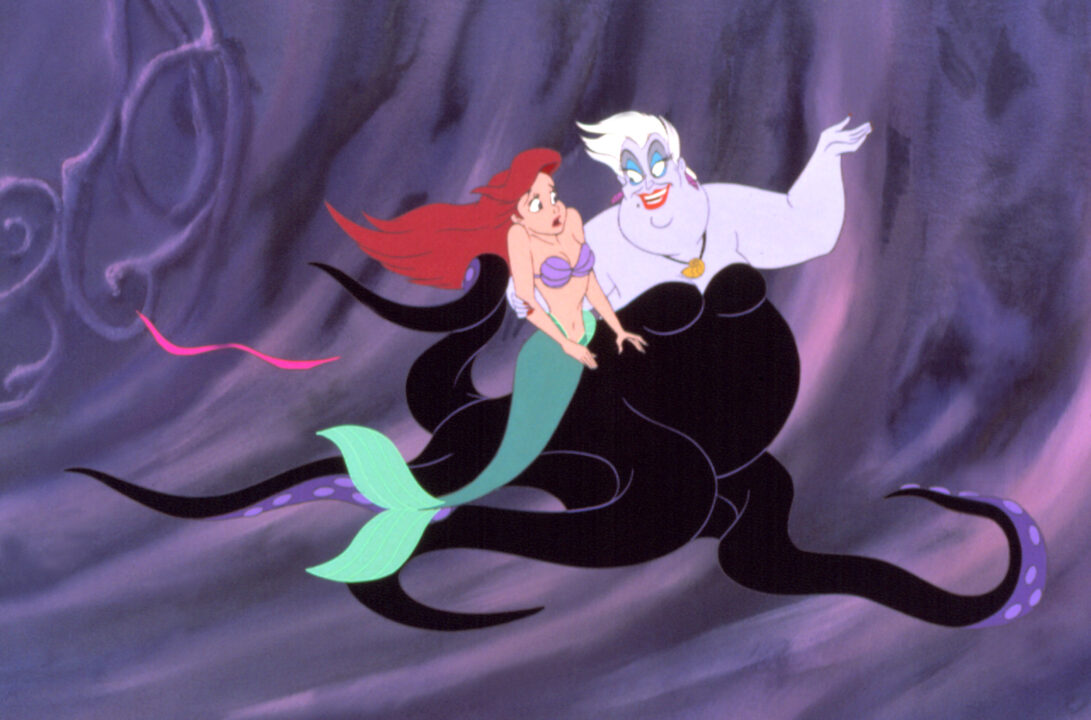
Courtesy Everett Collection
Ursula is also more interesting than some of her other witch counterparts, because her personal history is alluded to, which makes her more three-dimensional. At some point, she references how she once lived in the castle — which could mean so many things! — and one does also wonder how she ended up all alone in that cave with those sneaky eels. But like other witches, in her lust for power she underestimates the power of love, which dooms her to a very dramatic death by boat.
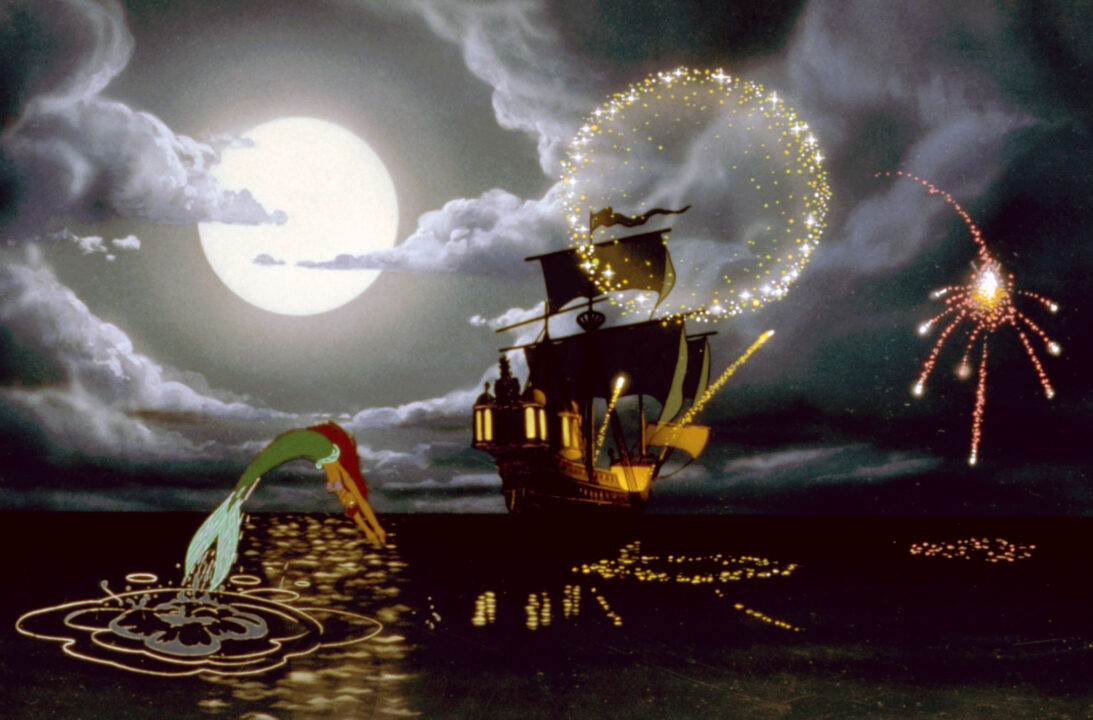
Walt Disney Pictures/Courtesy Everett Collection
This classic tale has had many sequels and even a short-lived TV series, but none of them have been nearly as successful as the 1989 film, probably because without the original story as a framework, the life of a mermaid just isn’t all that interesting. The reason why all these classic Disney films involving witches are still so popular and prevalent is precisely because of their fairytale origins and high stakes. There is a deeper meaning beyond the simple plot here. Ariel is not just a mermaid who wants to be a human because she falls in love with a prince; she is also any young woman who falls for any young man who she deems inaccessible due to living in different “worlds.” Or, take love out of the equation, and she is any young person who wants to break free from a tyrannical parental figure or tedious hometown and do something different and exciting. At its core, this coming-of-age tale is more about ambition and leaving the nest. Ursula the witch is just a shortcut to get what Ariel wants. And, because shortcuts in life are generally a bad idea, it blows up in her face and she has to pay the consequences. What can be more relatable?
The Little Mermaid was also recently released as a live action film, with Melissa McCarthy playing Ursula.
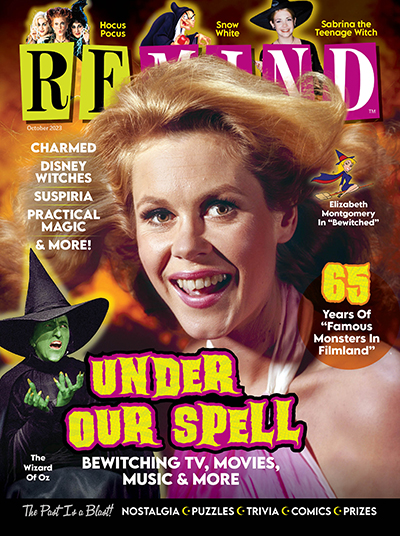
Witches
October 2023
Take a fond look back at our favorite small-screen spellbinders
Buy This Issue